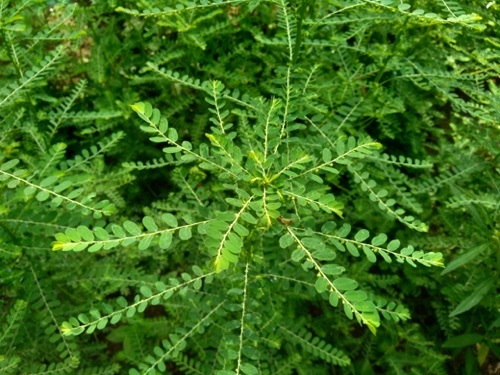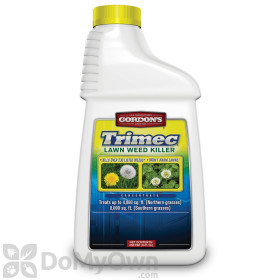What Is Chamberbitter?
Chamberbitter is a medium-height, broadleaf, warm-season annual weed. It is also known as little mimosa, leafflower, or gripeweed. Chamberbitter grows easily in many areas and can compete with desirable plants for nutrients. This weed is sometimes confused with other plants including the Partridge pea and the powderpuff mimosa. This guide will help you identify chamberbitter weeds and find the best way to control them on your property.
In the United States chamberbitter is found primarily in the south, in states from New Mexico to Virginia.
Chamberbitter Height

Chamberbitter weeds grow upright and can reach heights of 1 to 2 feet. Their central taproot allows consistent upright posture for most chamberbitter plans.
Leaves, Flowers, and Fruits on Chamberbitter

The chamberbitter plant produces two rows of leaves on branchlets. These leaves are thin and oblong with smooth edges. Chamberbitter flowers are small and greenish-white. These tiny flowers are an easy way to distinguish chamberbitter from Partridge Pea, a beneficial plant for which it is sometimes confused. Partridge Pea flowers are large and bright yellow.
Small, greenish, rough-skinned (or "warty") fruits grow under each pair of leaves along the chamberbitter stem. Both the flowers and the fruits of the chamberbitter produce seeds that spread very easily once sprouted.
Chamberbitter Roots
Chamberbitter weeds are supported by a substantial fibrous taproot that allows for upright growth of the main stem. When pulling chamberbitter by hand, do not shake loose the soil from around the roots, as this can spread hidden seeds back into the loose soil, encouraging further spread of the weed.
Chamberbitter Growth
Chamber bitter plants reproduce by seeds from a lumpy fruit attached the the bottoms of branchlets growing off the main stem. These weeds also distribute seeds from the small, greenish flowers that grow on some parts of the plant.
When Does Chamberbitter Grow?
Since it's a warm-season perennial weed, chamberbitter plants will sprout from the soil in warm climates in the early summer months. These weeds can continue to appear into the late fall in the Southeastern United States and warmer international climates. Chamberbitter seeds can overwinter in the soil, and may lay dormant for several years at a time without germinating.






